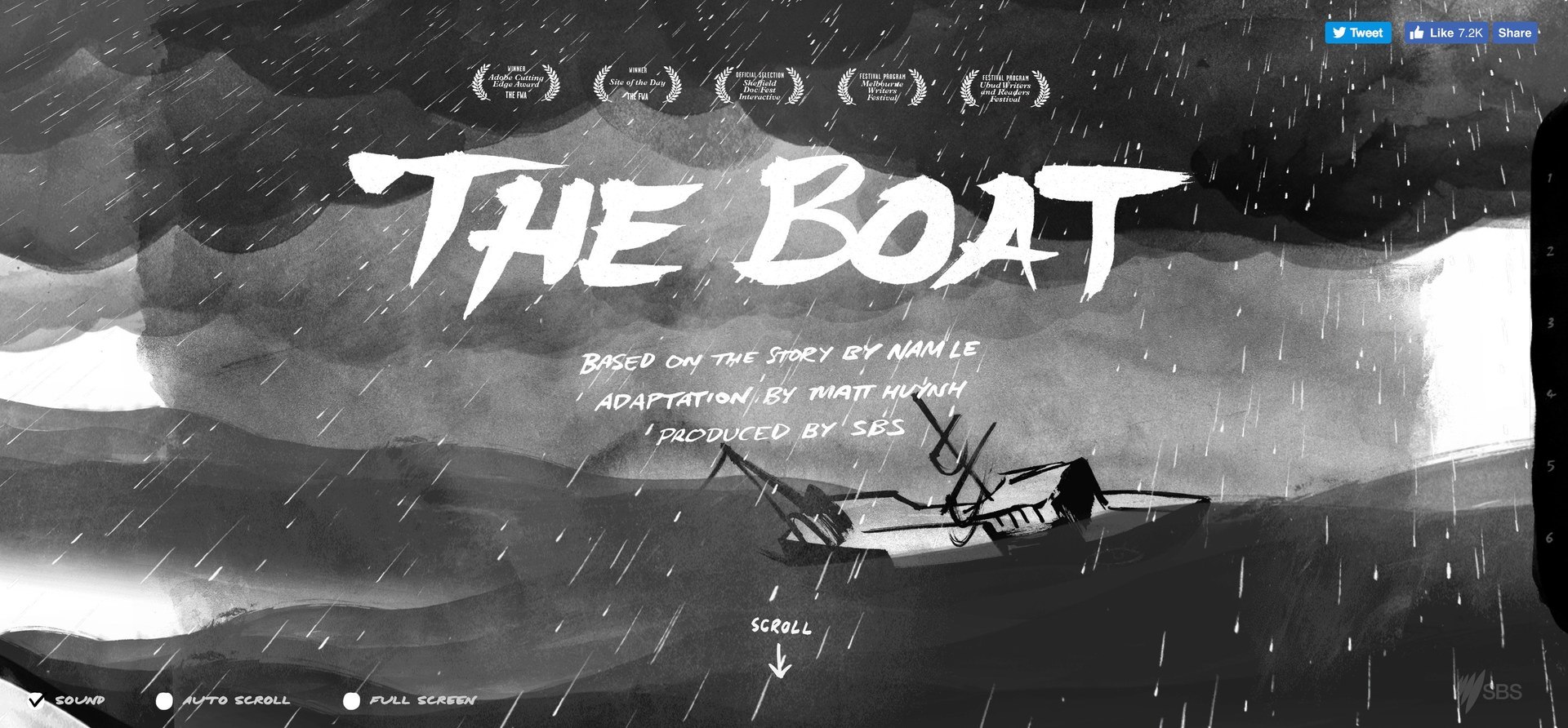Tips, Strategies, And Examples On Storytelling For eLearning
Storytelling is applicable beyond childhood learning, and has been told in film, print, orally, and online.
You should use storytelling because information becomes more memorable when you combine emotions and information. Nick Shackleton-Jones' affective context model provides a great explanation on this idea.
"Push" and "pull" learning differences also matter. Engaging learners is more difficult when Learning and Development creates "just-in-case" or "pushed" content and provides affective context, as opposed to the simplistic "pulled" content or affective context that learners bring when they seek data as needed.
Here are some ideas on how you can use storytelling for eLearning.
1. What Makes A Good Story?
Go beyond the beginning, middle, and end of a story by including:
- The Journey and Transformation.
Discovering information, understanding it, and changing as a result of the journey is vital, because this contains the emotion that pulls learning into being engaged. - Artful Character Creation.
Avoid common mistakes when creating characters, such as absent or weak context and backstory, caricatures and stereotypes. - Point of View.
Consider using a single character's point of view to add nuance, emotional depth, and impact. It can make the difference between a story and a report.
2. Digital Storytelling Strategies

Try some of these digital storytelling strategies that you can accomplish with Elucidat's Layout Designer, including creating links and building scrolling pages:
- Graphics and images.
Use photos or illustrations in combination with recorded or well-written dialogue to tell a story without large expenses. Get inspired by magazine photo series or graphic novels to get started. - Interactive scenarios.
Give your learners control of their learning journey by enabling them to decide what happens and play through the outcomes. - Scrolling pages.
Use this simple technique to create an immersive story. Cleverly control when and how information appears, while empowering your learners to control the pace. You can even explore using parallax scrolling. - Film.
If you want to convey lots of information in a short time, filming is the way to go. Just keep in mind that this route requires professional actors and scripting.
3. Storytelling Examples
When used correctly, digital storytelling can be impactful, engaging and beautiful. Here's what digital storytelling looks like in practice:
The Boat: This digital storytelling masterclass makes it easy to be engaged in the story even though it's just a scrolling page, thanks to its audio, sense of movement and visuals.
Slavery Footprint: This educational example tells a story by using the scrolling technique to drive the user to take the next desired step. Its brief and clever use of language in the heading instantly makes this story the learner's story.

Utility Warehouse: This example was built using Elucidat's eLearning authoring tool, and combines real employee voices with an interactive scenario. It asks viewers to think about the story and provide feedback as it unfolds. By bringing in opinions from leaders or peers, the story becomes directly relevant to the organization.

The New York Times: This example demonstrates how combining real voices, well-chosen images and captivating stories can work. People are some of the best resources to use, because they offer true experiences and stories to achieve engagement and authenticity. You can interview them, or even try scripted content.
Conclusion
Storytelling is vital to increasing learner engagement. Ready to learn more about storytelling? You can enjoy topics such as "Memory, Learning and Sticky Content" and "The Power of Storytelling" by signing up for Elucidat’s Masterclass training product.
Click here to sign up for the free Elucidat Masterclass series to get started today.










